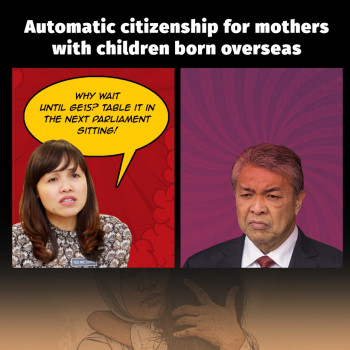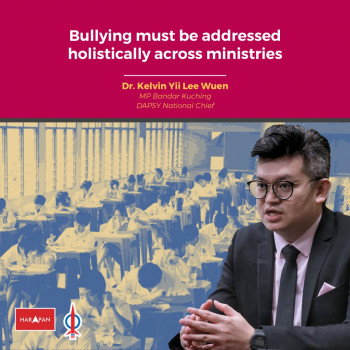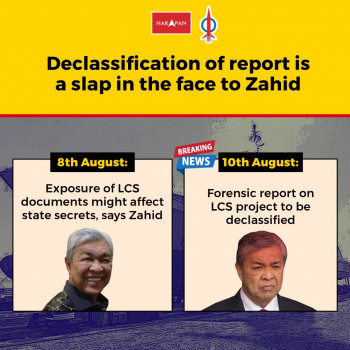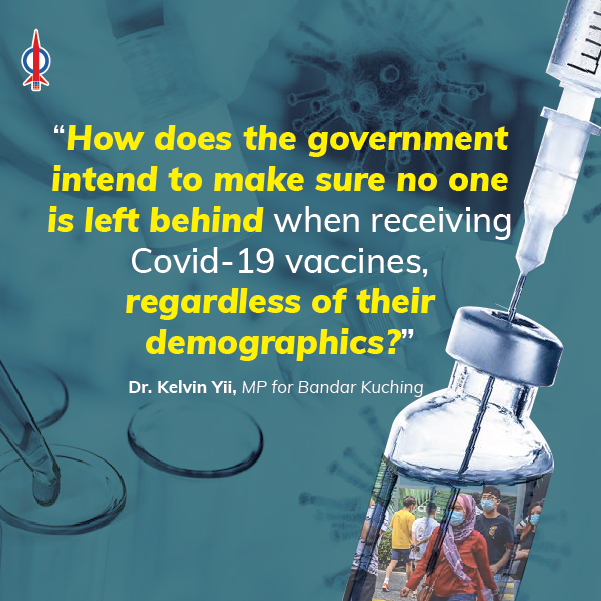
Press Statement
3rd December 2020
The recent news of the approval of Pfizer’s Covid-19 vaccine in the United Kingdom (UK) and even plans to distribute it in their country as early as next week definitely comes as exciting news, as Malaysia itself has also signed a preliminary purchasing agreement with Pfizer to buy 12.8 million doses of its Covid-19 vaccine. While this is indeed news that is highly welcome, the government must be transparent with their plans in terms of logistics, distribution infrastructures, equity, and even proper education to prevent misinformation, confusion, and hesitancy.
First and foremost, we must not be overly carried away by the announcement and let our guards down as a vaccine isn’t a silver bullet to the pandemic. This is especially since the announcement also states that the doses will be spread throughout next year, with Pfizer only delivering one million doses (for 500,000 people) to Malaysia by the first quarter of 2021. In total, the deal involves 12.8 million doses of Pfizer’s mRNA vaccine, a two-dose regimen which will cover about 6.4 million Malaysians (about 20% of the population).
On top of that, an additional 10% of the population will be covered via the agreement Malaysia signed with the COVAX Facility, although they have yet to indicate whose vaccines in the Covax portfolio they will be purchasing.
This means that by the end of 2021, just under a third of Malaysia’s population may be vaccinated against Covid-19. This is still a long way to achieve herd immunity which requires about 70% of the population to acquire some form of antibodies.
So this raises questions of how the government intends to fill in the gap to reach that 70% target, how many other companies are they negotiating with, how much is it expected to cost, and what is the timeline that we are looking at? This is so that the public can be aware and not develop a false sense of security when the vaccine is first distributed in the community.
Based on the Minister’s answers recently, part of the deal is for Pfizer to handle the shipment and delivery of their vaccine as it requires ultra-cold storage of -70 degrees’ Celsius. But the Ministry must clarify if this includes delivering it all the way to the targeted individual, not just shipping it to one central location in Malaysia or even to just the main cities.
This of course poses problems in our tropical weather, especially for target groups in rural areas of Sabah and Sarawak and even in West Malaysia where there may not be proper infrastructure including ultra-cold freezers for such specialised distributions.
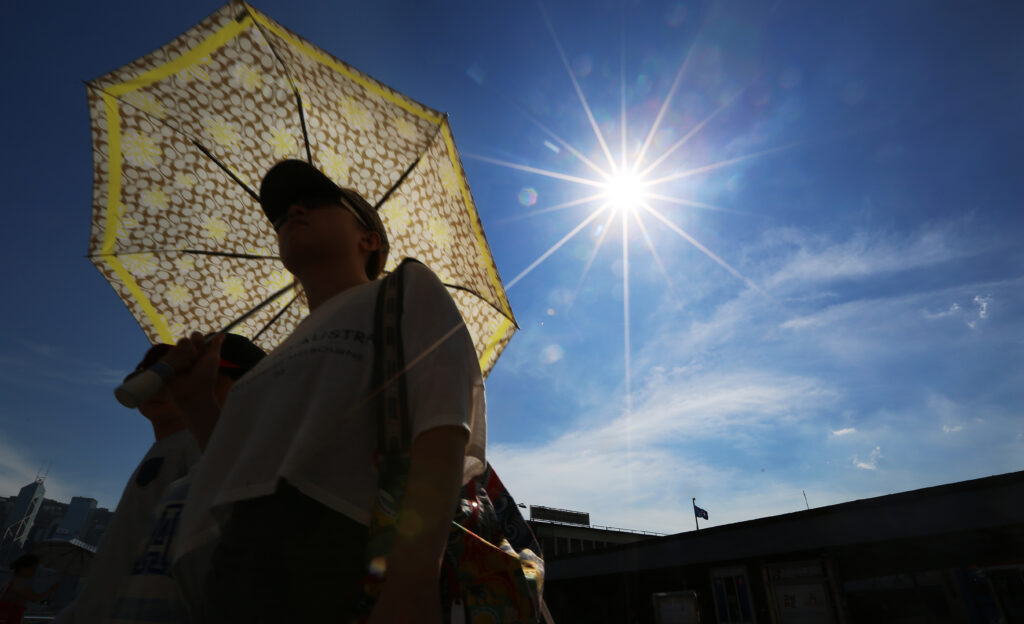
While there are ultra-low temperature freezers in universities and research institutes, are they sufficient to cater for a nationwide distribution especially in rural areas?
How does the government intend to make sure that no one is left behind when receiving such vaccines, regardless of their demographics?
If there is an issue with improper storage, it could make the mRNA vaccine unusable with analysts projecting that about 5 to 10% of Pfizer vaccine could be made ineffective “due to inadequate storage conditions”.
Some of this waste could go undetected too, leading to people getting ineffective shots and insufficient protection from the coronavirus.
On top of that, this Pfizer Vaccine is a 2-dose regimen vaccine, taken about 2-3 weeks apart. How do we help individuals especially the elderly and those in rural areas, in terms of logistics to make sure they are compliant and return to take the second dosage? How will the storage of the vaccine be done for the period in between, especially in rural areas?
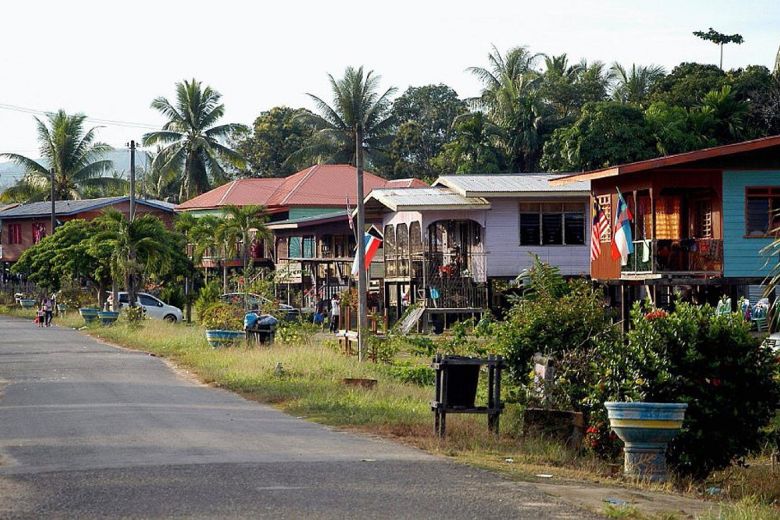
Source: The Straits Times
We do not want them to take one dosage and not return for the second. This may defeat the purpose of the vaccine itself as the individual may not develop the required amount of antibodies.
Another question the Ministry may have to answer is this – who are the initial intended targets for the first batch of the vaccine?
While it is generally understood that it should be reserved for frontliners, I believe different considerations should be taken into account. This includes our epidemiology data on the most affected population, including the elderly with pre-existing conditions or high-risk and vulnerable population groups, since those groups are where the most death occurs.
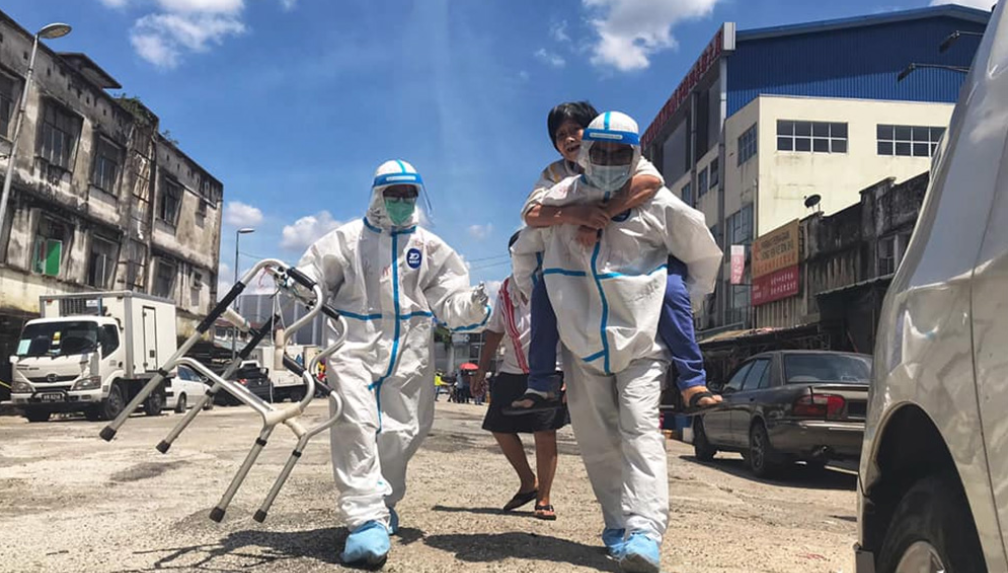
Source: Malay Mail
On top of that, while waiting for the required scientific data for the vaccine to be approved by the National Pharmaceutical Regulatory Agency (NPRA) under the Ministry of Health (MOH), the government should start proper communication now to educate the public of the importance of such a vaccine to prevent misinformation, confusion, and hesitancy. Resources should be allocated to properly educate and fight misinformation and pseudoscience which may increase vaccine hesitancy, which in turn will affect its distributions.
All these will require a whole-of-society approach. This is why the National Vaccine Roadmap that is being developed by the Ministry of Science, Technology & Innovation (MOSTI) must include different research institutes, medical fraternities including the private practice, and even elected representatives from across the political divide. This is so there can be joint collaboration to exemplify and coordinate communications to ensure that this vaccine reaches its intended targets and no one gets left behind regardless of status, demographic, or background.
Dr. Kelvin Yii
MP for Bandar Kuching

